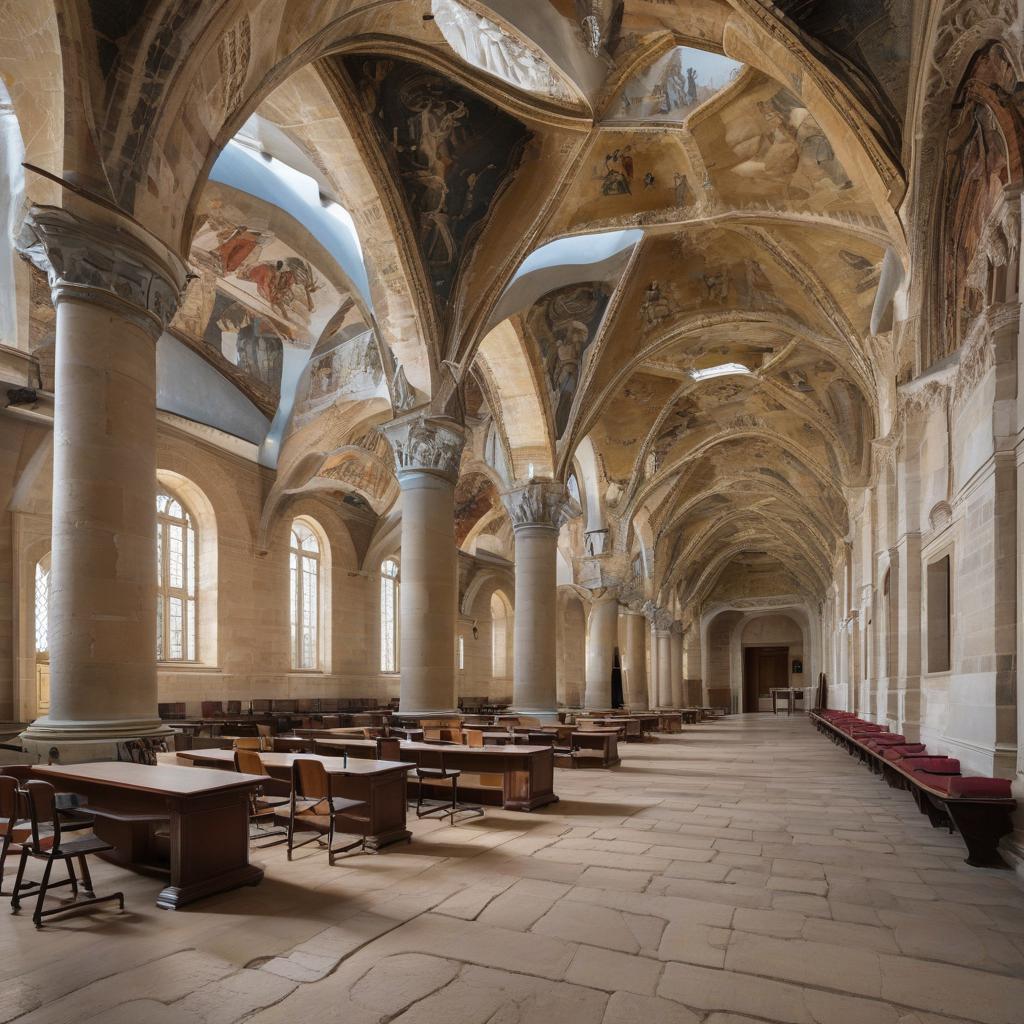Cultural heritage is the lifeblood of Europe, woven into the fabric of its history, identity, and collective memory. From ancient ruins to medieval cathedrals, Renaissance masterpieces to modern landmarks, Europe boasts a wealth of cultural treasures that serve as a testament to its rich and diverse heritage. In this article, we’ll explore the crucial role that European universities play in preserving and safeguarding this precious cultural legacy for future generations.
Understanding the Significance of Cultural Heritage
Rich Tapestry of History and Identity
Cultural heritage encompasses a broad spectrum of tangible and intangible assets, including historic buildings, artworks, archaeological sites, traditional crafts, languages, rituals, and customs. These elements form the foundation of Europe’s cultural identity, reflecting its complex history, diverse traditions, and shared values. Preserving cultural heritage is not merely an act of conservation but a commitment to safeguarding Europe’s collective memory and fostering a sense of belonging and continuity across generations.
Economic and Social Value
Moreover, cultural heritage contributes significantly to Europe’s economic prosperity and social well-being, driving tourism, stimulating economic growth, and fostering community development. Historic sites and cultural landmarks attract millions of visitors each year, generating revenue, creating jobs, and revitalizing local economies. Additionally, cultural heritage plays a crucial role in promoting social cohesion, fostering intercultural dialogue, and strengthening social bonds within and across communities.
The Role of European Universities in Preservation Efforts
Research and Scholarship
European universities are at the forefront of cultural heritage preservation efforts, conducting research, scholarship, and interdisciplinary studies aimed at understanding, documenting, and conserving cultural assets. Through archaeology, art history, anthropology, conservation science, and other disciplines, researchers explore the origins, significance, and conservation challenges of cultural heritage sites and artifacts, contributing to our knowledge and appreciation of Europe’s rich cultural legacy.
Conservation and Restoration
Furthermore, European universities are actively engaged in conservation and restoration projects, employing state-of-the-art techniques and technologies to preserve and protect cultural heritage sites and artifacts. Conservation labs, workshops, and research centers within universities serve as hubs of innovation and expertise, where conservationists, archaeologists, architects, and scientists collaborate to develop conservation strategies, techniques, and best practices.
Collaborative Initiatives and Partnerships
International Cooperation
Preserving cultural heritage requires collective action and international cooperation, and European universities play a crucial role in fostering collaboration and partnerships across borders. Through joint research projects, academic exchanges, and collaborative initiatives, universities collaborate with international organizations, governments, NGOs, and local communities to address common challenges, share expertise, and mobilize resources for conservation efforts.
Community Engagement
Moreover, European universities actively engage with local communities and stakeholders to ensure that preservation efforts are inclusive, participatory, and culturally sensitive. Community-based projects, public outreach programs, and educational initiatives involve local residents, volunteers, and heritage enthusiasts in the preservation process, fostering a sense of ownership, pride, and stewardship over their cultural heritage.
Educating the Next Generation of Conservationists
Academic Programs and Training
European universities offer a wide range of academic programs and training opportunities in heritage conservation, archaeology, museology, and related fields, preparing the next generation of conservation professionals and heritage specialists. Through hands-on training, fieldwork, internships, and practical experience, students gain the knowledge, skills, and expertise needed to tackle the complex challenges of cultural heritage preservation and stewardship.
Interdisciplinary Approach
Furthermore, European universities embrace an interdisciplinary approach to heritage conservation, recognizing that effective preservation requires collaboration across disciplines and sectors. Students are encouraged to draw from diverse fields, including history, science, technology, law, economics, and social sciences, to develop holistic and innovative solutions to conservation challenges.
Conclusion: Safeguarding Europe’s Cultural Legacy
In conclusion, European universities play a central role in preserving and safeguarding Europe’s cultural heritage, serving as hubs of research, expertise, and innovation in the field of heritage conservation. Through research, scholarship, conservation efforts, collaborative initiatives, community engagement, and education, universities contribute to the protection, interpretation, and promotion of Europe’s diverse cultural legacy. As custodians of Europe’s treasures, universities have a vital responsibility to ensure that future generations inherit a world enriched by the beauty, diversity, and richness of its cultural heritage.


